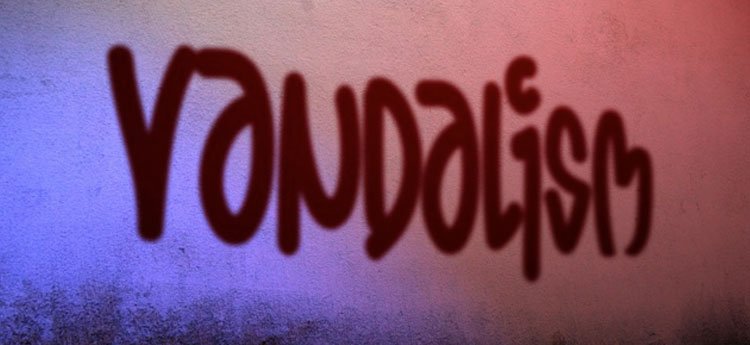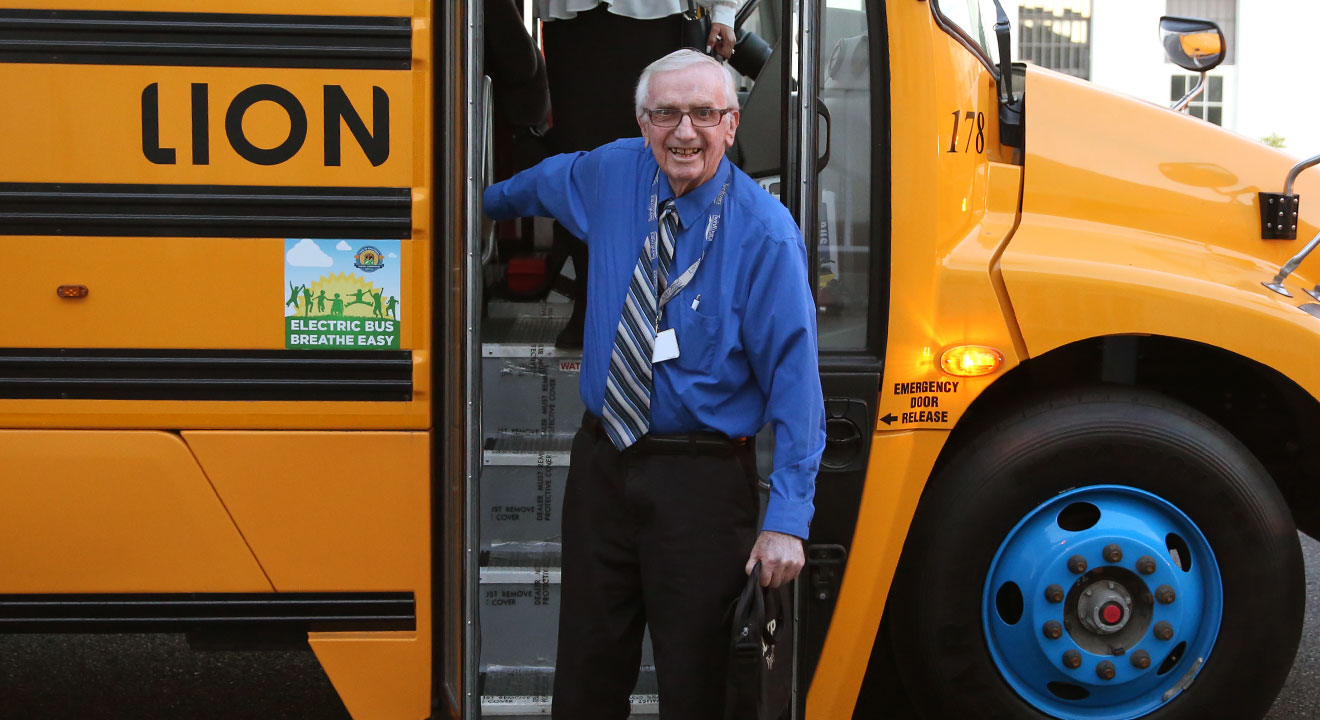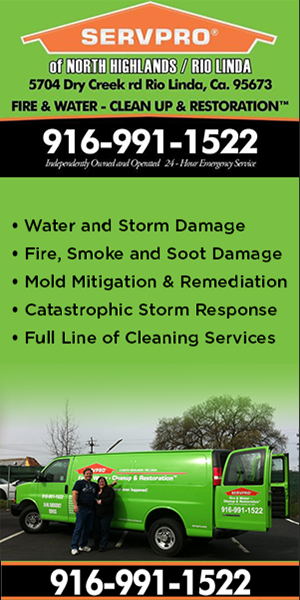Look around your community. Do you see
- graffiti-covered walls?
- spray-painted or destroyed mailboxes and garbage cans?
- broken street lights?
- spray-painted street signs?
- busted public telephones?
- missing street and traffic signs?
- writing or torn pages in library books?
- broken fixtures, doors, and stalls in public restrooms?
- shoe-polished cars?
Vandalism — the willful destruction or defacing of property — is a crime. It’s expensive to repair. It makes our communities unattractive and unsafe. It isn’t cool. Help send a clear message that teens don’t tolerate vandalism!
Graffiti
From obscene and violent language scrawled on a public bathroom door to elaborate murals on a brick wall, graffiti appears in many forms. But it’s all the same, if it’s not on the artist’s property — it’s vandalism, and it’s a crime. Graffiti is often the first sign that gangs are taking over a neighborhood. Gangs’ “taggers” act as messengers for the gang, use graffiti to mark their turf, advertise their exploits, and challenge or threaten rival gangs. Graffiti gives criminals the impression that residents don’t care about their neighborhood, and a neighborhood that doesn’t care is an easy target for crime. Don’t let this happen to your neighborhood — take a stand against graffiti and make sure graffiti is removed as soon as it appears. It takes persistence, but by working with law enforcement and other residents, you can keep your neighborhood clean and the effects of vandalism to a minimum.
The Price We Pay
- Schools pay millions of dollars each year to clean up graffiti, repair buildings, and replace vandalized equipment. That’s money that could be used to buy better sports equipment or new computers.
- Local governments (and taxpayers — your parents, your neighbors, and even yourselves) pay the bills for broken street lights, stolen signs, and vandalized parks. We pay higher taxes and services are cut to pay for damage caused by vandalism.
- Businesses pass on the costs of vandalism to customers through higher prices. Some businesses are forced to move to different neighborhoods, taking good shopping out of your community.
More Than Money
- People feel angry, hurt, and sometimes frightened when something of theirs — a mailbox, a bike, a car door — is destroyed for no reason.
- Vandalism claims other victims as well — a car crash because stop signs were stolen; someone in need of help can’t dial 911 because the pay phone is broken; people get lost because street signs are missing or covered with graffiti.
Who Vandalizes and Why?
Some vandals work in groups. You may even know some of the teens doing the damage — there’s no one “type” of teen who vandalizes. He or she might be the smartest kid in school, or the kid who’s always in trouble. Most vandals are young people — from grade schoolers to teens to young adults — who vandalize out of
- boredom
- anger
- revenge
- defiance
- association with friends.
Take Action
- Take pride in your surroundings. Vandalism cheapens your area and you.
- Learn about the costs and effects of vandalism by working with law enforcement, school officials, and community leaders. Teach what you learn to other teenagers and younger children.
- Start a clean-up crew at your school or in your neighborhood. Ask local businesses to donate supplies like paint and paintbrushes for covering graffiti, or tools and equipment for repairing vandalized property. Volunteer to help businesses and homeowners repair their property as soon as it is vandalized and paint over graffiti.
- Write articles for your school or community newspaper on the costs of vandalism and graffiti, their impact on school and other budgets for activities, and how the courts — juvenile and adult — treat vandals.
- Look for ways to use the talent and creativity of vandals in positive, nondestructive activities. Sponsor a mural contest at your school or a youth center. Encourage art supply stores and area businesses to provide large canvases and materials for kids to create murals inspired by themes like saying no to drugs, the importance of education, or celebrating diversity in your community. Ask local artists to attend and provide instruction and advice or judge a mural contest.
- Start a vandalism hotline in cooperation with law enforcement and school officials that lets callers anonymously report incidents of vandalism and gives tips about vandals.
- Work with your faith community to adopt a street or a park with your school, youth, or community group. Plant trees, bushes, and flowers. Repair equipment and install trash containers. Organize a monthly outing to clean up garbage and keep an eye on things.














